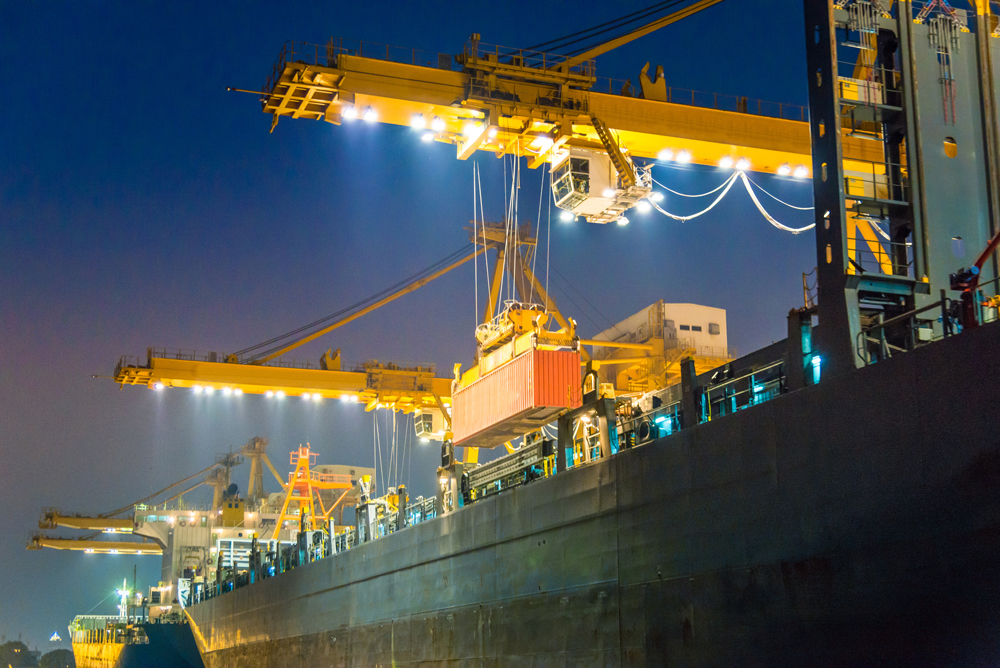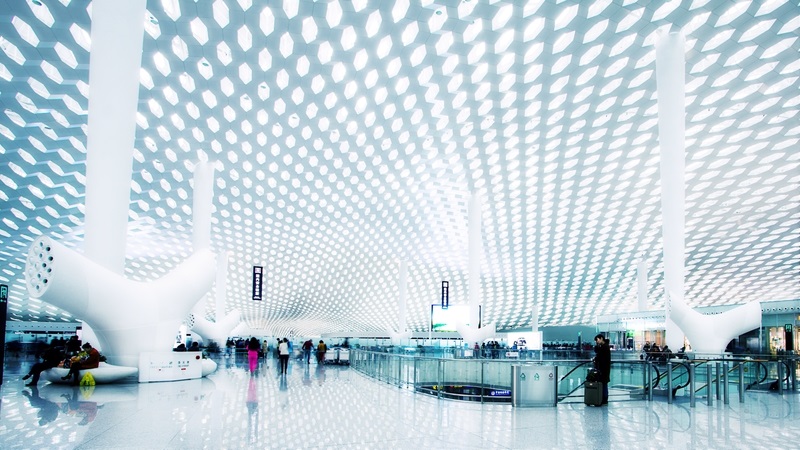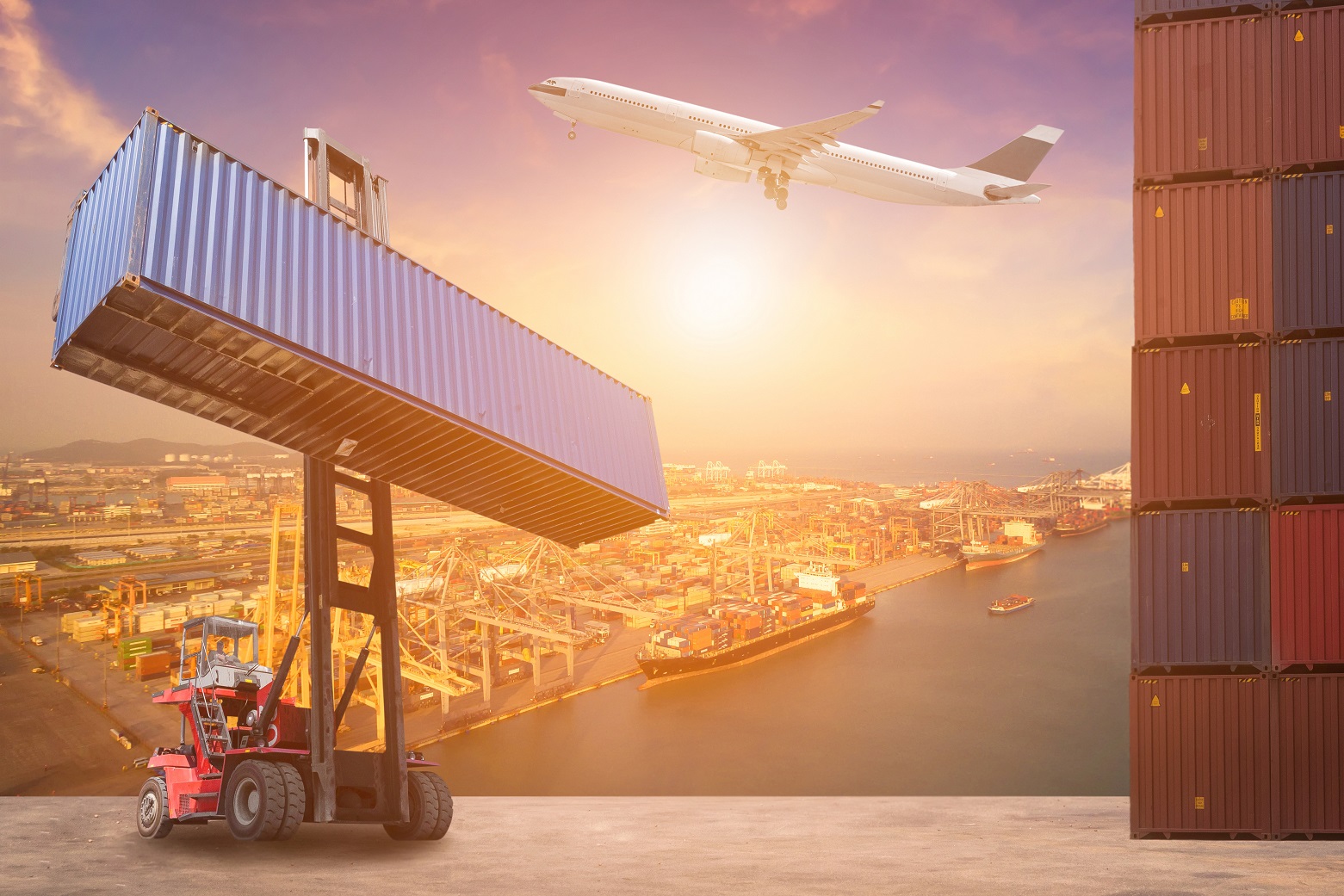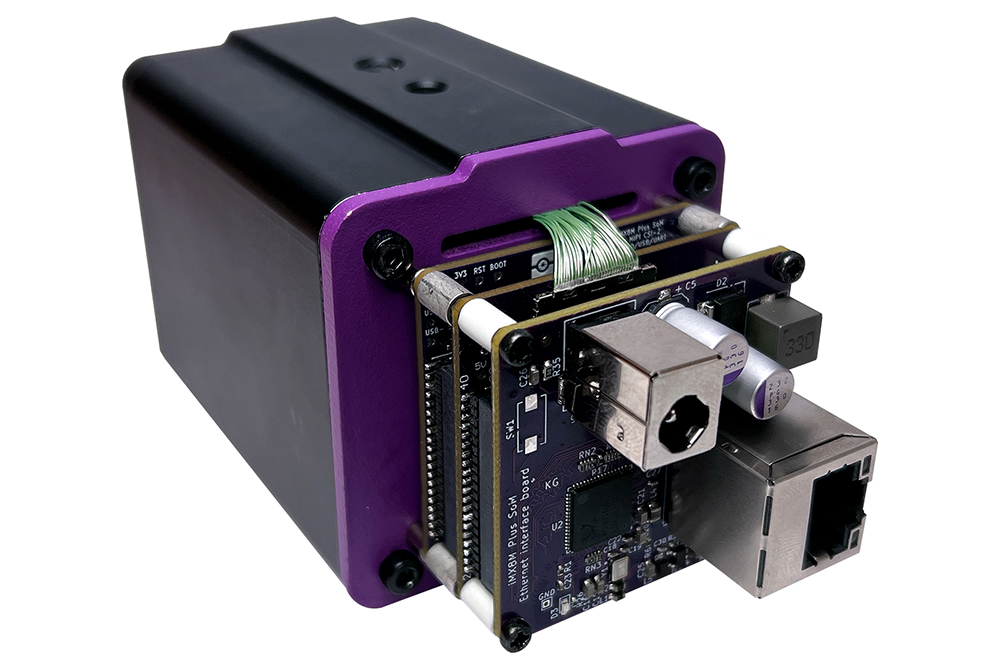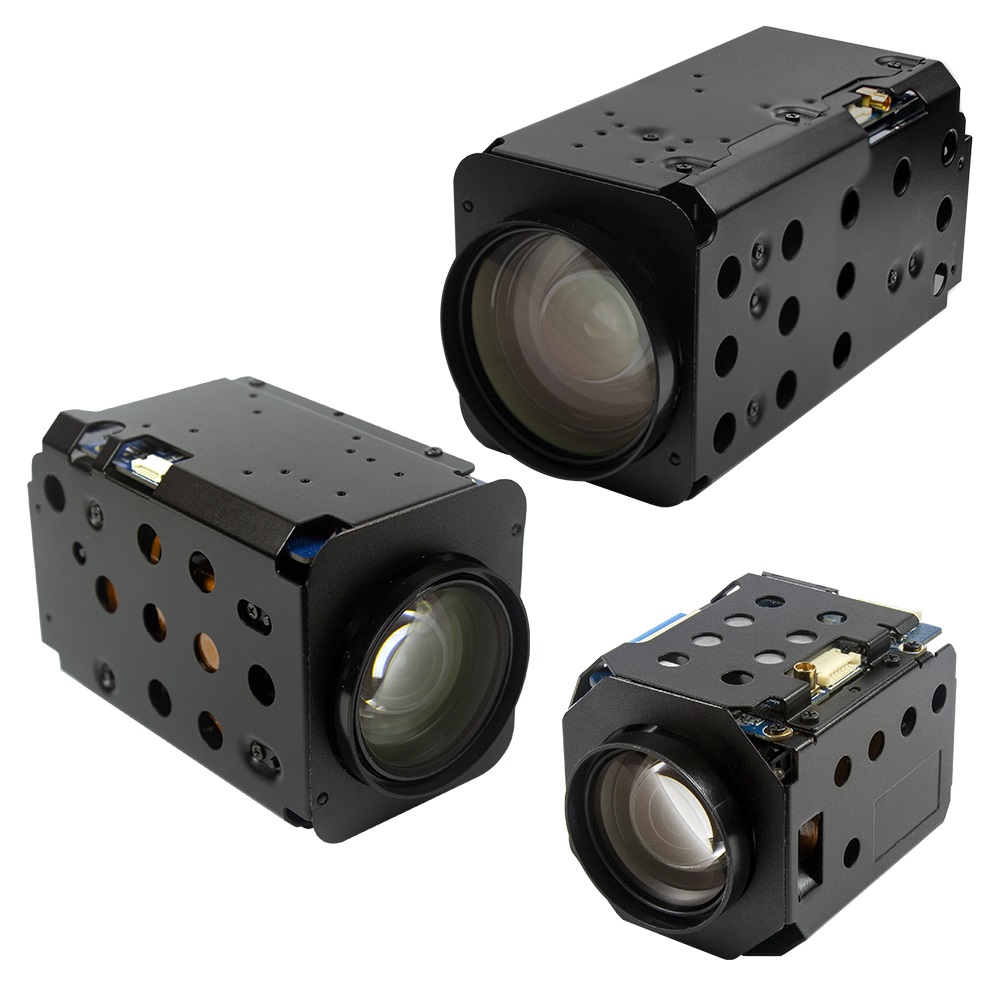
The transportation industry worldwide, across all modes, is in the midst of significant change. Apart from the growing number of digital technologies used in transportation networks, the nature of transportation businesses themselves is altering.
‘Business as usual’ has necessarily become a moveable concept. A demand for more sustainable solutions, calls for better urban air quality, the drive towards alternative energy sources, and advancements in vehicle automation and connectivity, are all part of the changing picture in transportation.
Yet whatever the disparate factors involved, one thing remains constant: a basic, underlying requirement for business continuity.
Over the last year, this has been a hot topic across various industries. In the transportation sector, it has become even more prevalent. Regardless of changing operating environments, increasing industry challenges and evolving business needs, expectations around how technologies can help enhance the competitiveness of transport systems - from ensuring safety to offering real-time monitoring and analytics - have reached an all-time high.
When it comes to survival and growth in a changing landscape, the need for agility is paramount. Businesses must be ready and able to respond to significant short- and medium-term changes to ensure that transportation networks remain safe, efficient and effective.
The rise of urban deliveries, driven by an increase in home shopping, is one example of this evolution of services and customer needs. According to eMarketer, only 13.6% of sales were made from online purchases two years ago. However, that number is expected to reach 19.5% this year - a 45.8% increase in e-commerce market share over two years. Moreover, that growth is expected to continue, reaching 21.8% by 2024.

(© Thodonal | Dreamstime.com)
Apart from the greater challenges created by increasing demand, this change has significant implications, shifting transportation’s role from the pure movement of people or goods to something more fundamental. New business models such as e-commerce depend on transportation systems running smoothly. Companies are evolving to become the backbone of local, regional and national economies - and their communities - by ensuring uninterrupted transportation of cross-border purchases and daily necessities.
More broadly, the drivers of transportation’s transformation are to improve customer and passenger experience, enhance business agility and improve operational efficiency.
To achieve these goals, transportation, transit and traffic management companies and organisations will increasingly need the ability to transfer significant amounts of data - quickly and reliably - in order to enable real-time decisions to be made and systems to be easily managed and organised. Receiving information in a timely manner means that circumstances such as adverse weather and heavy traffic, for instance, can be factored in to avoid operational disruption.
Optical transmission networks are a proven method of communicating information in a variety of diverse forms and Huawei’s technology can help to future-proof transportation systems with a focus on safety, transmission capacity, operational efficiency and cost-effectiveness.
Safety
Ensuring that transportation operations are safe, regardless of mode, remains paramount. To take an example from aviation, Huawei’s optical communication technology has been chosen by Austro Control, the organisation responsible for safe, reliable and efficient air traffic management throughout Austrian airspace.
The OptiX OSN 1800 OTN platform allows Austro Control to manage a complex and geographically distributed transportation system, involving the connection of seven airports.
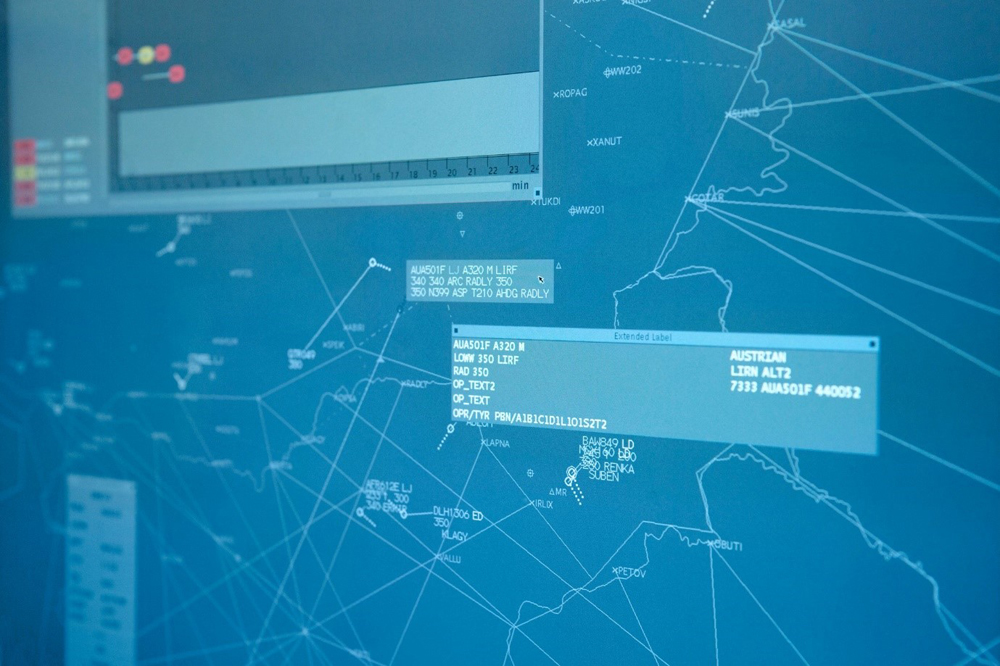
Austro Control looks after as many as 4,000 flight movements per day across seven airports. It is also part of the European Union’s Single European Sky framework, which aims to reform air traffic control (ATC) in Europe to cope with sustained flight growth in a safe, cost-efficient manner.
With a large number of aircrafts flying between different countries over a relatively small area, European ATC services require a reliable network to enable effective communication of ground and aerial control and ensure always-on connectivity between aircraft, control centres and airports.
Before take-off and during the flight, pilots on-board the aircraft need to be in reliable contact with controllers in the airport's control tower. Network interruptions may severely impact the transmission of information, impairing the quality of contact between the air traffic controller and the pilot.
The safety implications in ATC are obvious: real-time data sharing from take-off to landing is crucial for safe air operations, and this requires the optimal network quality which Huawei provides.
In optical networks, fibre uses light to carry information. Any network connection break will cause disruption, so there is a need to ensure the connection is smooth, with no interference. In Huawei’s solution for Austro Control, one pair of fibre can support 80 channels, with 100G/200G per channel, thus ensuring optical reliability.
High capacity
In addition to underpinning safety, communication systems in the transportation sector will need to be capable of handling a growing volume of data as markets flex and change.
In the aviation sector, the United Nations air transport organisation ICAO forecasts that global air passenger traffic will grow at 4.2% annually from 2018-38, with freight growing 3.5% per year over the same period.
A large amount of digital technology is already used in aviation - but this upward trend in volume, and the continued advancement of air traffic management technologies, mean the ATM sector will continue to experience higher bandwidth demands.
This will force networks to work at higher speeds to deliver the best service possible and ensure air safety. Network requirements will keep growing, with an increasing need for bandwidth as more and more data is transferred from one place to another.
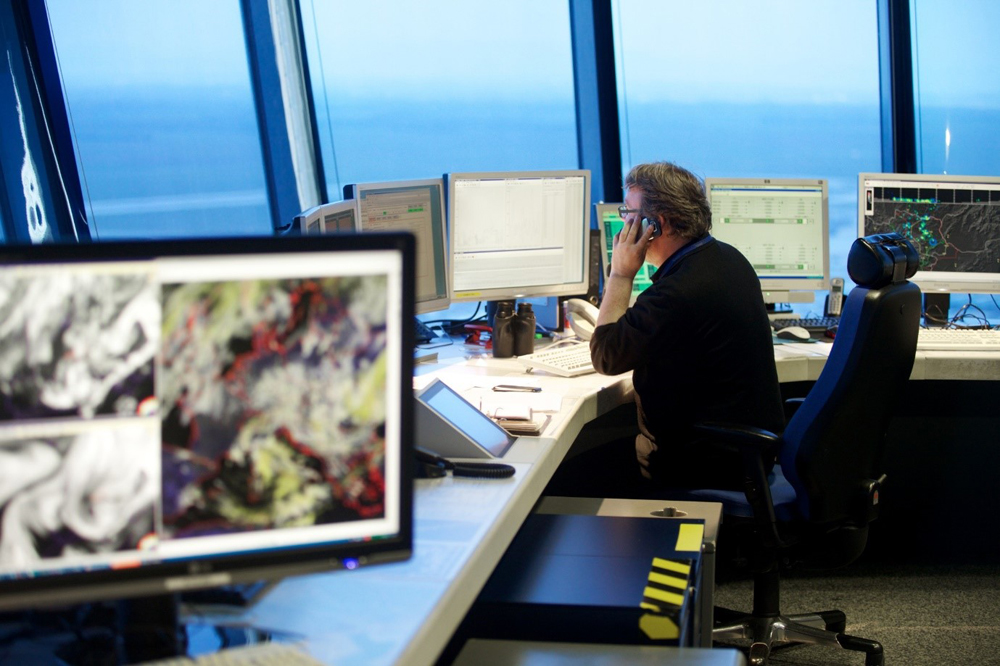
Huawei’s OptiX OSN 1800 OTN Platform supports mainstream 100G coherent technology and, crucially, the provision of appropriate bandwidth capacity supports real-time applications with no risk of latency in optical communications.
The network itself operates like water pipes, transferring data from one place to another: so, the more data there is to be transmitted, the thicker the pipe.
The fibre optical solution from Huawei has a high capacity: using a few fibres, it is possible to push a lot of data through one connection and the speed of a new OTN (optical transmission network) is 10 times faster compared with the old SDH (synchronous digital hierarchy) network architecture.
The solution Huawei implemented for Austro Control also provides multiple 10 GE services to the client. The equipment is easy to deploy, fits 19-inch and 23-inch cabinets, and can also be mounted on walls or poles. It is designed to deliver exceptional performance with low power consumption, compatible with AC or DC power input.
Huawei’s solution for Austro Control is complex - requiring seven point-to-point connections and around 20 repeater stations – but this complexity just serves to illustrate the scalability of the optical transmission network solution. For customers with simpler requirements in other areas of transportation, a scaled-down version of the solution will work equally well.
Multi-service scenarios
Like many other traffic and transit operations, air traffic control requires the dissemination of a lot of information, every minute of every day.
In addition to radar and navigation systems, other types of data need to be carried by the same communication link, such as voice (ground-to-ground phone calls or ground-to-air communications) and video (from airport cameras, for example).
So, from connection data to voice data and 24/7 video data – it all needs to be transmitted in real-time to ensure operational safety and efficiency, and this multi-service support capability is another key reason why Austro Control chose Huawei.
The company provided a 100 Gbit/s high-speed transmission, low-latency, highly reliable network to help Austro Control transmit and manage its traffic data efficiently and safely.
The new network has helped speed up real-time information updates and supported the high-speed transfer of a massive amount of information and communication to and from the ground facilities – and all, it should be emphasised again, without latency.
The OptiX OSN 1800 OTN provides comprehensive equipment-level and network-level protection to ensure there is no service interruption, with OTN Automatically Switched Optical Network (ASON) preventing multiple fibre cuts.
Cost-effectiveness
Huawei’s optical solution also enables multiple high-bandwidth services (from 2 Mbit/s to 100 Gbit/s) to be delivered at less cost.
The Austro Control team was impressed with Huawei's comprehensive IT security and technical support – as well as its product openness: solutions are fully compatible with those of other vendors, allowing them to be implemented easily on-site.
The platform includes a predictive maintenance capability, ensuring that operations and maintenance are efficient. Intelligent technology helps to diagnose faults quickly, reducing the manual workload required.
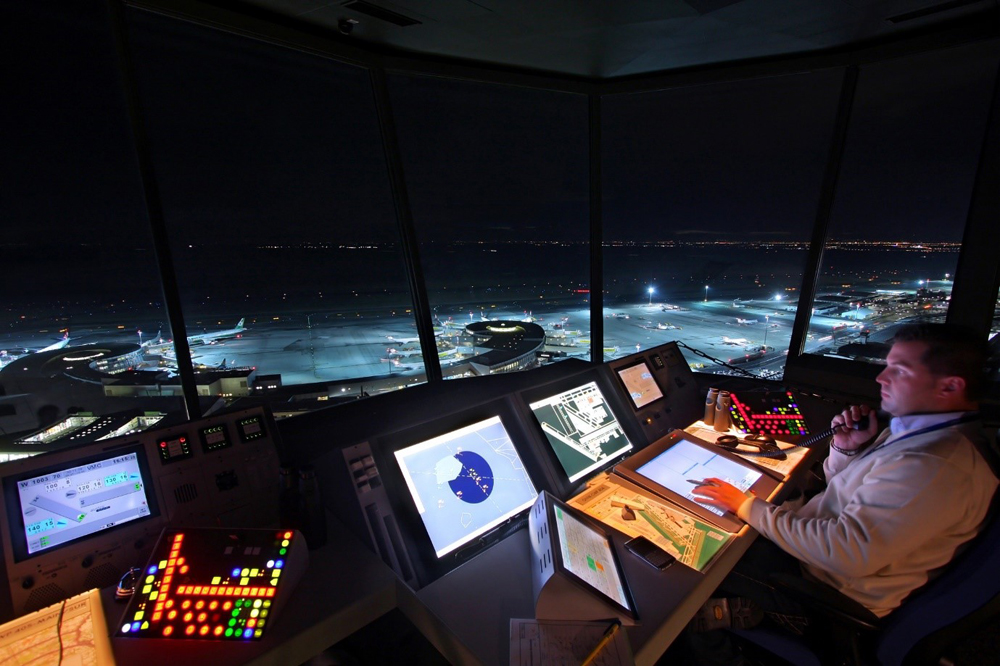
This means resources and time are not spent on unnecessary procedures: the IT team can efficiently control, monitor and repair the network, using automated techniques that need minimal intervention.
This leaves trained engineers free to focus on specialised areas of activity instead of straightforward system monitoring tasks. It is also easy for non-engineers to operate, with a ‘drag and drop’ graphical user interface, without the need to key in commands.
Since there is no point in investing in technology which is going to be out of date in a few years, the Huawei system is future-proofed: for example, 100G per wave now can expand to 200G/400G in future; while the initial configuration of 40 waves can be upgraded to 80 waves.
In the case of Austro Control, the solution has been implemented across seven airports for three years, with automated maintenance and operation ensuring ease of management.
"The new solution enables Austro Control to provide the transmission capacity necessary for the safe handling of air traffic at an optimum price and performance ratio," commented Manfred Nedoma, Team Manager of Network & Carrier Service at Austro Control.
In addition to its cost-effectiveness, the ability to scale the solution is especially important given the complexity of transportation systems and unpredictable future needs.
Conclusion
Trying to anticipate the demands of future requirements is vital for business success. The transportation industry has to stay agile and plan for long-term shifts while maintaining network efficiency.
External events and industry challenges can result in sudden changes to revenue sources and business models. In particular, the existing changing operating environments and external challenges have created economic pressure and uncertainty in some areas of transportation – nonetheless, it is important to ensure survival with business continuity measures.
To attain this level of continuity, four elements are critical: safety, transmission capacity, operational efficiency and cost-effectiveness. Huawei’s optical transmission network solution can support various transportation systems to ensure these are met – while also preparing those systems for evolving needs by making available the bandwidth required.
The necessity for the reliable transfer of large amounts of data – including voice and video – is only likely to increase in most transportation scenarios, which is why a future-proof optical transmission network solution is essential for transportation systems to stay ahead of the game.
Case reference:
Prioritizing Safety in Austria's Airspace with a Best-in-Class Network Solution: https://e.huawei.com/id/case-studies/industries/transportation/2021/austria-airspace-network-solution
For more details, please check here.
Sponsored content produced in association with Huawei



